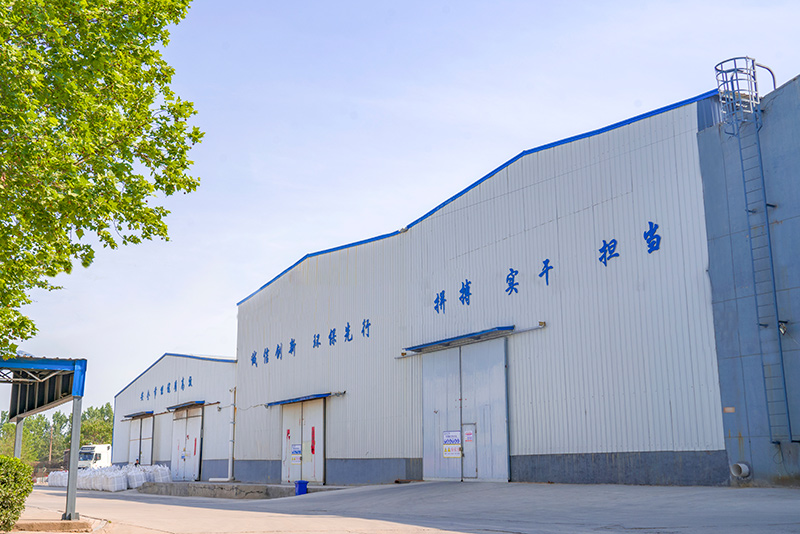Sand Casting Services An Overview
Sand casting, also known as sand mold casting, is one of the oldest and most widely used metal casting techniques in the manufacturing industry. This versatile process has earned its place due to its cost-effectiveness, flexibility, and ability to produce complex shapes. Sand casting services play a vital role in various industries, including automotive, aerospace, construction, and art, making it an indispensable part of modern manufacturing.
What is Sand Casting?
At its core, sand casting involves creating a mold from a sand mixture. The process begins with a pattern of the desired object, which is usually made from metal or plastic. This pattern is pressed into a sand mixture, forming a cavity that represents the shape of the final product. The sand, often mixed with a binding agent, is packed tightly around the pattern to provide the necessary support during metal pouring.
Once the mold is formed, the pattern is removed, leaving behind a hollow cavity. Molten metal is then poured into this cavity. After allowing sufficient cooling time, the sand mold is broken away, revealing the finished casting. This method can be used for a wide range of materials, including iron, aluminum, bronze, and steel, making it a favored method for producing both ferrous and non-ferrous items.
Advantages of Sand Casting
1. Cost-Effectiveness One of the biggest advantages of sand casting services is their affordability. The materials required for sand molds are inexpensive and readily available, allowing for lower production costs. This is particularly beneficial for small to medium-sized production runs.
2. Flexibility and Customization Sand casting is highly adaptable, accommodating a wide variety of shapes and sizes. Whether it’s a small component or a large machine part, sand casting can cater to different specifications. Furthermore, it allows for intricate designs that might be challenging to achieve with other methods.
sand casting services

3. Large Production Volumes Sand casting is capable of producing large quantities of castings with relative speed. This scalability means that manufacturers can meet significant demands without compromising on quality.
4. Reusability of Materials The sand used in the casting process can be reused multiple times, making it an environmentally friendly option. This reusability helps reduce waste and lower overall production costs.
5. Surface Texture and Finish While some processes provide a smoother finish, sand casting allows for a range of surface textures depending on the mold used. This gives manufacturers the ability to create unique finishes that can enhance the aesthetic appeal of the final product.
Industries Benefitting from Sand Casting Services
Sand casting services are utilized across numerous industries. The automotive sector relies heavily on this method to produce engine blocks, transmission cases, and various other components. In aerospace, sand casting is crucial for manufacturing complex components that require high strength-to-weight ratios.
Moreover, the construction industry often utilizes sand casting for producing large structural components. Artistic applications, such as sculptures and customized hardware, also leverage the flexibility of this technique to create unique and detailed pieces.
Conclusion
In conclusion, sand casting services are a fundamental part of the manufacturing landscape, providing a reliable and efficient method for producing metal parts across a variety of industries. With its cost-effectiveness, adaptability, and ability to produce complex shapes, it remains a preferred choice for many manufacturers. As technology continues to evolve, sand casting will undoubtedly adapt and thrive, continuing to meet the diverse needs of modern production and design.
Post time:Jul . 28, 2024 18:09
Next:Exploring the Importance of Sanding for Achieving Smooth Surfaces on 3D Printed Objects
